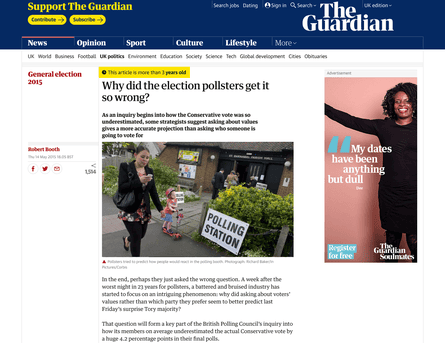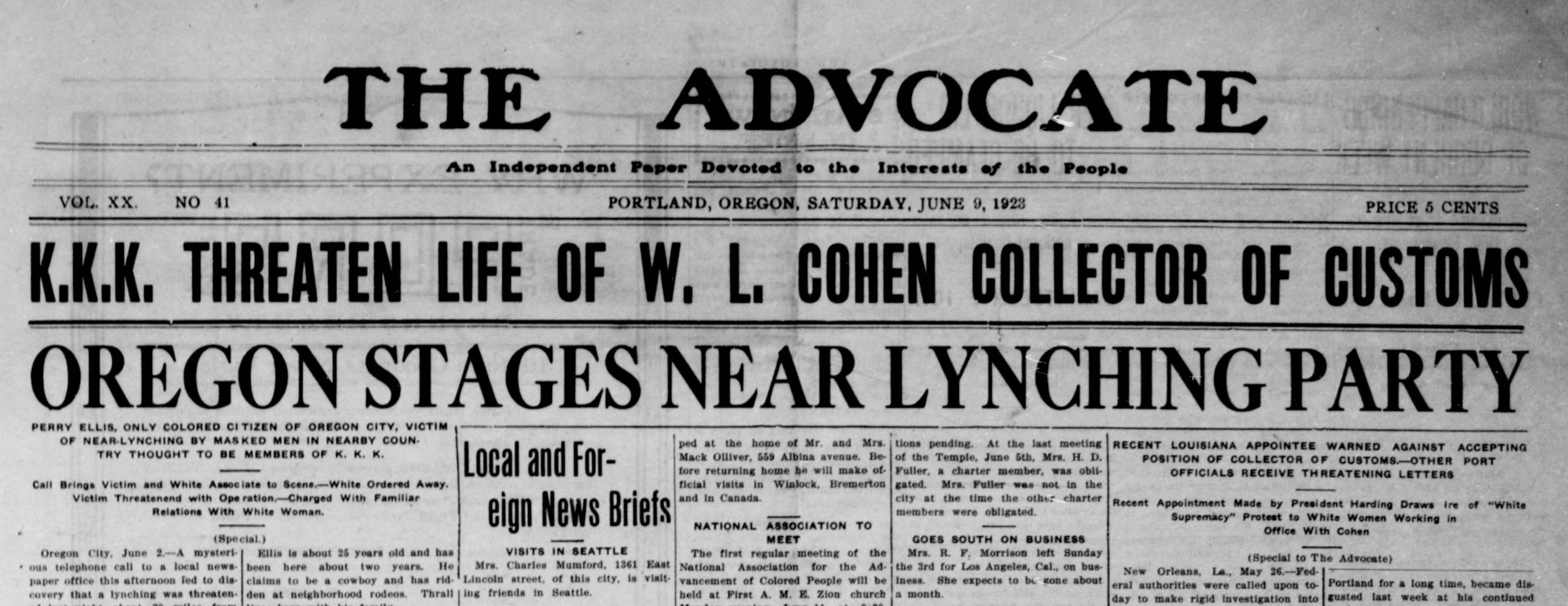What Does News Articles Mean?
What Does News Articles Mean?
Blog Article
10 Easy Facts About News Articles Shown
Table of ContentsThe Basic Principles Of News Articles Get This Report about News ArticlesHow News Articles can Save You Time, Stress, and Money.What Does News Articles Mean?What Does News Articles Mean?
Excellent expertise of different topics offers students an one-upmanship over their peers. Despite the fact that electronic and social media sites are conveniently accessible, we ought to not fail to remember how essential it is to check out the papers. Parents have to try and instill the practice of reviewing a paper as a daily routine to proceed the heritage of the adored print medium.Information stories also consist of a minimum of among the complying with vital features about the desired audience: proximity, prestige, timeliness, human interest, oddity, or consequence. The related term journalese is sometimes used, generally pejoratively, to refer to news-style writing. One more is headlinese. Newspapers generally follow an expository writing design.
Within these limitations, information tales additionally intend to be comprehensive. Various other elements are included, some stylistic and some obtained from the media type. Among the larger and extra revered papers, justness and balance is a major element in providing information. Commentary is typically confined to a separate area, though each paper might have a different general slant.
Papers with a global target market, for example, tend to utilize an extra official design of composing. News Articles.; typical style overviews include the and the United States News Style Publication.
News Articles Things To Know Before You Get This
As a rule, journalists will certainly not utilize a lengthy word when a short one will certainly do. News writers attempt to prevent making use of the exact same word extra than when in a paragraph (often called an "echo" or "word mirror").
Headlines occasionally leave out the topic (e.g., "Jumps From Boat, Catches in Wheel") or verb (e.g., "Cat lady fortunate"). A subhead (also subhed, sub-headline, subheading, subtitle, deck or dek) can be either a secondary title under the major headline, or the heading of a subsection of the write-up. It is a heading that comes before the major message, or a team of paragraphs of the primary message.

Extra signboards of any of these kinds may appear later on in the write-up (specifically on succeeding pages) to attract more reading. Such signboards are likewise used as pointers to the post in various other areas of the magazine or website, or as advertisements for the item in various other publication or sites. Common structure with title, lead paragraph (summary in bold), various other paragraphs (information) and call info.

Example of a hard-lead paragraph NASA is suggesting an additional space task. The budget requests around $10 billion for the job.
An "off-lead" is the 2nd most essential front page news of the day. To "bury the lead" is to begin the short article with history details or information of second significance to the viewers, forcing them to review even more deeply into a short article than they must have to in order to uncover the necessary points.
See This Report about News Articles
Common usage is that or more sentences each create their very own paragraph. Reporters generally describe the company or framework of a newspaper article as an inverted pyramid. The important and most interesting components of a story are placed at the start, with sustaining information adhering to in order of decreasing importance.
It permits individuals to explore a topic to only the deepness that their inquisitiveness takes them, and without the charge of information or subtleties that they could take into consideration pointless, but still making that information readily available to a lot more interested readers. The upside down pyramid framework additionally makes it possible for articles to official website be cut to any kind of arbitrary length throughout layout, to suit the room readily available.
Some authors start their tales with the "1-2-3 lead", yet there are several kinds of lead offered. A twist can refer to numerous points: The last story in the news program; a "delighted" story to end the program.
Longer articles, such as magazine cover write-ups and the items that lead the within areas of a newspaper, are known as. Feature tales differ from straight news in several means.
The 10-Minute Rule for News Articles
The journalist typically details communications with interview subjects, making the piece extra individual. A function's very first paragraphs typically associate an appealing minute or occasion, as in an "anecdotal lead". From the particulars of an individual or about his episode, its sight rapidly widens to generalities about the tale's topic. The area that indicates what a feature is around is called the or billboard.

The Editor's Toolbox: A Referral Overview for Beginners and Professionals (2001) Allan M. Siegal and William G. Connolly. The New York Times Guidebook of Design and Usage: The Authorities Design Guide Used by the Writers and Editors of the Globe's Most Reliable Newspaper (2002) M. L. Stein, Susan Paterno, and R.
Report this page